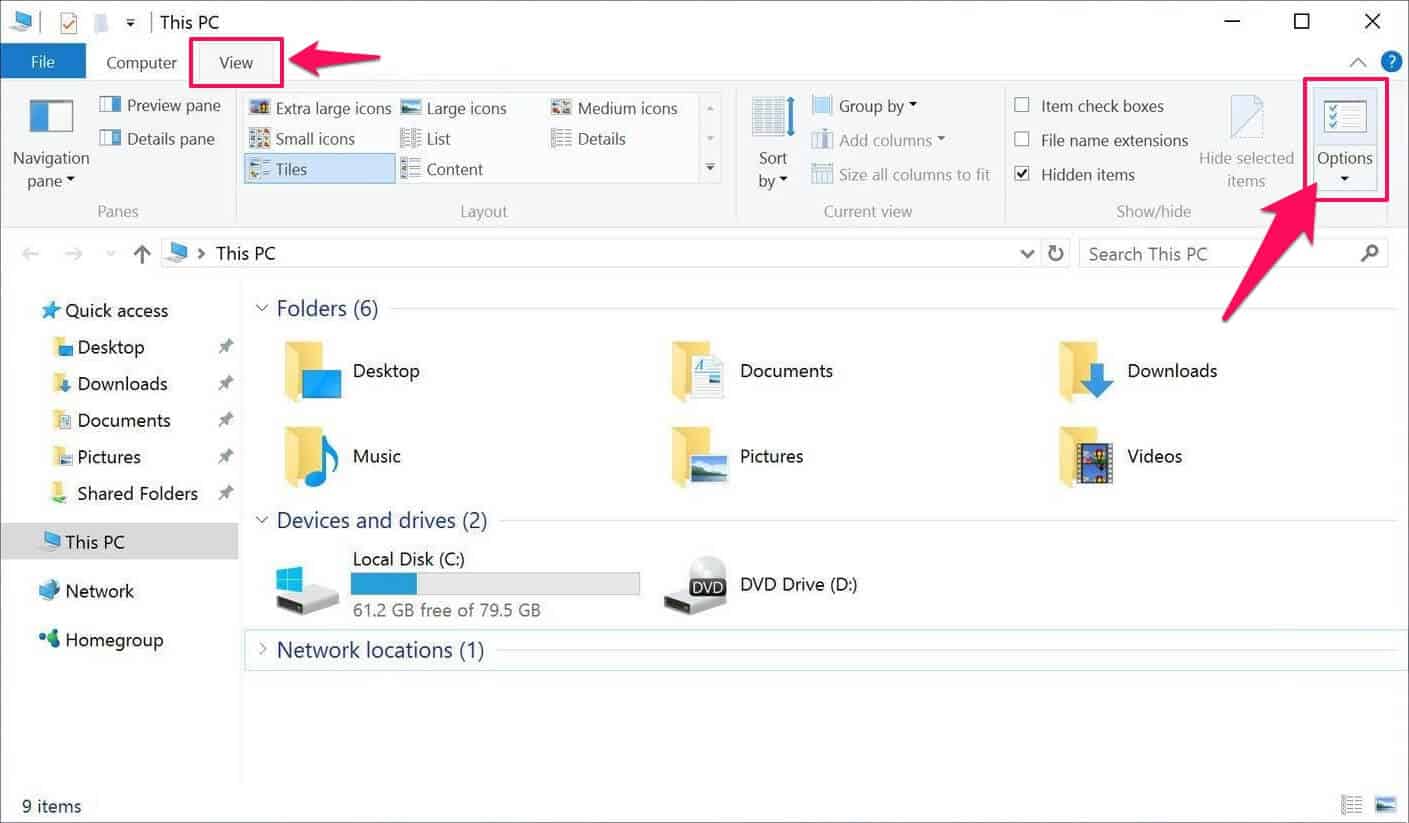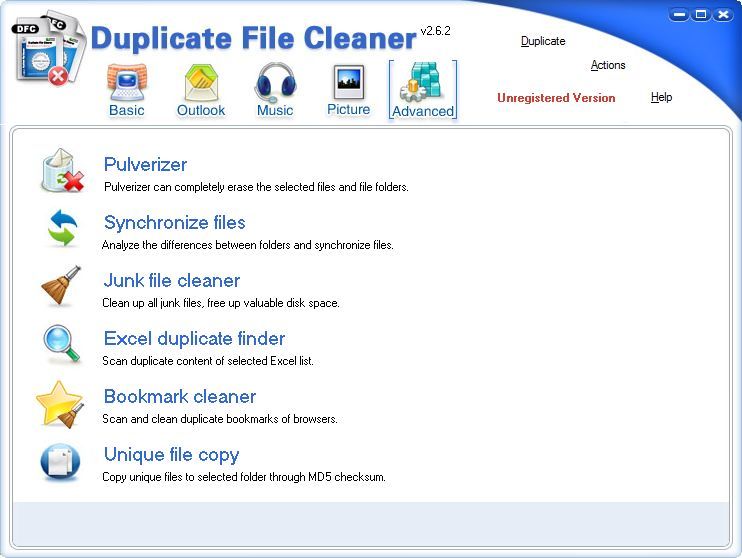

But when software is uninstalled, these entries aren’t always removed. It often creates new entries in the registry when the software is installed. In most cases, errors are caused by the installation or uninstallation of the software. There are several reasons why registry errors may occur. These entries can potentially land you in big trouble if not cleaned properly. In essence, it is a complex database with information about the hardware and software on your computer. Let us begin by defining what a Windows registry is. So, in this article, we will show you three ways to safely clean registry on Windows 10 and 11. When Windows fails to function properly, you need to clean up the registry, but dumping the wrong file during that process may cause the system to crash or become corrupt. When you’ve chosen the items to delete, at the bottom of the Disk Cleanup window, choose “OK.The Windows registry is not something you would tickle every day. You can delete them and Windows will recreate them when you open your folders. Thumbnails: These are the thumbnails of your various file types.It only removes the files that haven’t been used recently. Temporary Files: This option deletes your apps’ various temporary files.Recycle Bin: Choosing this option deletes the files currently sitting in Recycle Bin.Delivery Optimization Files: These files are used to upload Windows Updates to other PCs.Windows Error Reports and Feedback: These are various Windows error reports and feedback generated on your system.Note that this won’t delete your Chrome or Firefox cache. You can delete these files without any issues.

Temporary Internet Files: These are the cache files for Microsoft Edge and Internet Explorer.Downloaded Program Files: These are temporary ActiveX and Java applet files that were downloaded to let you view your content.Here’s what each file type means in Disk Cleanup:


 0 kommentar(er)
0 kommentar(er)
